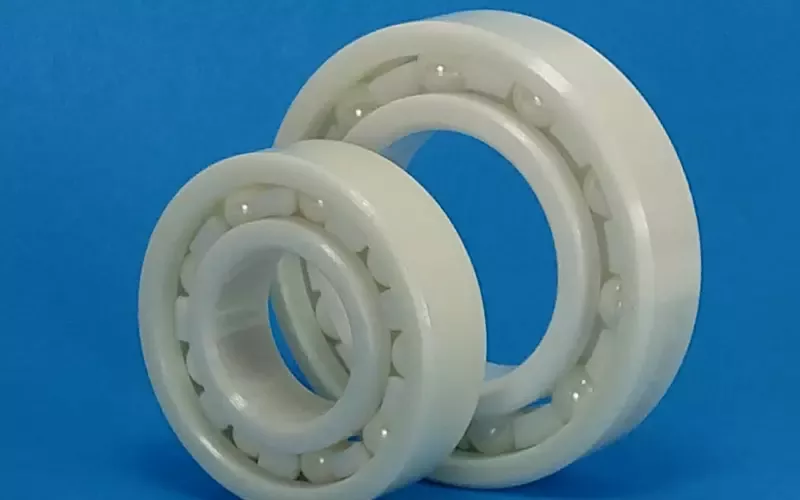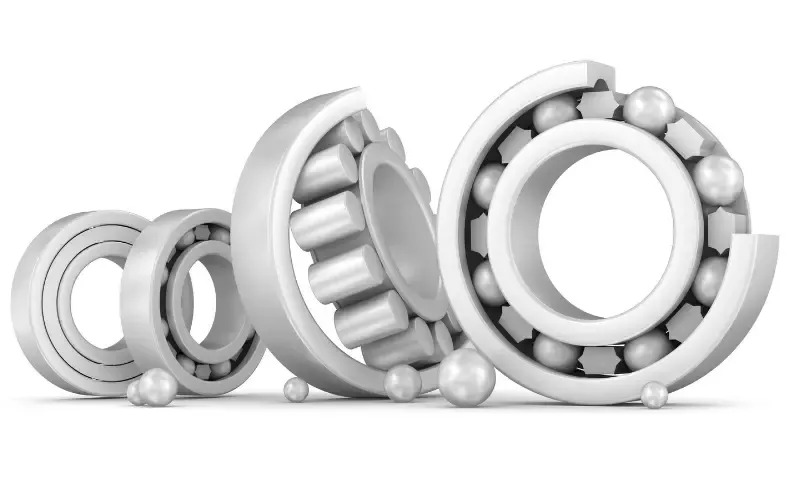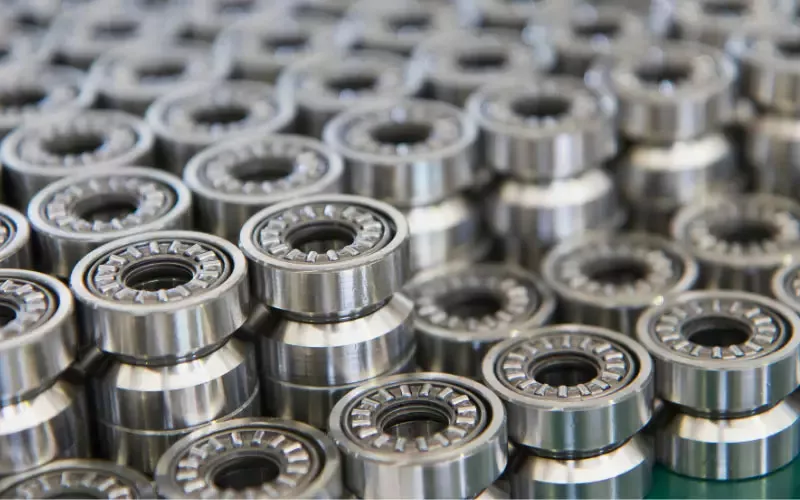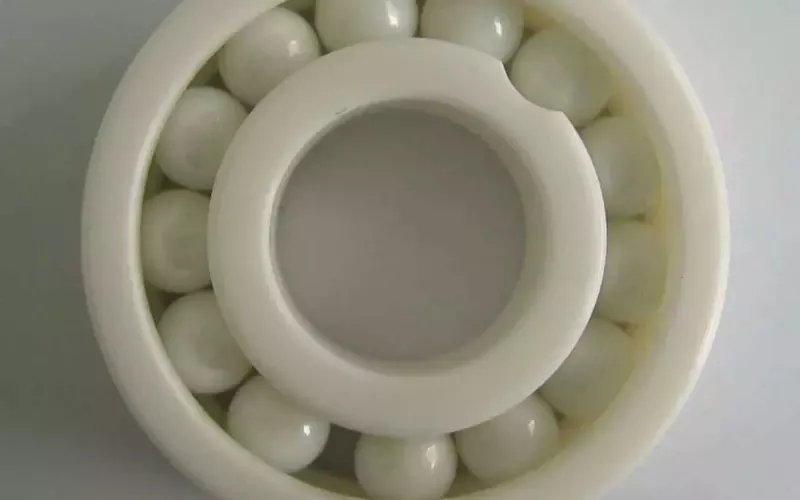Most complex machines heavily depend on small moving parts to perform. Systems operate efficiently when they are doing well. In case of failure, heat, friction, and corrosion cause downtime, scrap and safety hazards. Alumina bearing balls are the solution to these problems, since they remain stable and accurate in situations that would soon tear up steel.
These ceramic spheres are strong, precise and last long. They remain perfectly round where steel is deformed and work smoothly even when the lubrication is thinned. Alumina bearing balls provide reliable performance in the aerospace turbines and semiconductor equipment.
What are Alumina Ball Bearings?
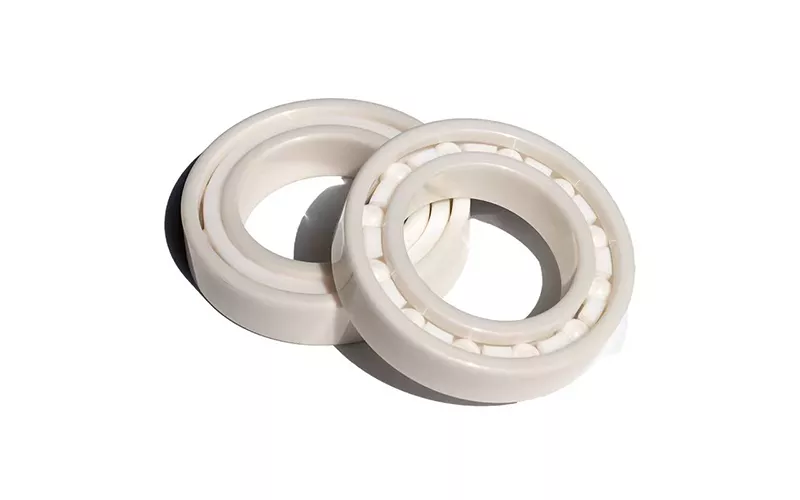
The rolling components that help in reducing friction and carrying radial and axial loads in rotating systems are called bearing balls. They are small, but their performance defines whether machinery is running silently, efficiently and thousands of hours without a failure. Steel bearing balls are still popular due to the fact that they are cheap and simple to manufacture, although their boundaries are evident. Corrosion is brought about by moisture and chemicals, and temperatures over 200°C make steel soft, thereby reducing its life span through wear and fatigue.
Those limitations are surmounted by céramique d'alumine balls. They are made using high-purity aluminum oxide and are low-density, hard and exhibit high heat and chemical resistance. The material is dimensionally stable even at temperatures above 1000°C, which is well beyond the limit of steel. Alumina is used in aerospace and power generation, and semiconductor manufacturing industries to provide the durability and consistency needed to perform precise and repeatable stress operations.
Hardness and Wear
The deformation and wear resistance of a bearing are directly dependent on the hardness of the material, and the alumina Vickers score is 14001600 HV, approximately twice the hardness of bearing steel. It is also lighter with a density of 3.9 g/cm 3, which generates lesser centrifugal force at high speeds. This combination maintains the balls in a perfect shape to reduce vibration and constant movement of high-performance machinery.
Due to this hardness, alumina bearings have a longer life and are able to retain their geometry due to constant use. They also resist superficial damage such as pitting or microcracking and produce fewer debris. This helps them preserve the lubricant and minimize contamination. It leads to cleaner, quieter long life cycle systems, especially in challenging high speed or corrosive conditions.
Thermal and Electrical Behavior
The limits of a bearing are normally determined by temperature and electrical properties. At temperatures of 160°C to 200°C, steel bearings start to lose their hardness and this limits their application in high temperature applications. Alumina is much stronger in a mechanical sense, and can be maintained at temperatures well above 1000°C, and with high purity grades, can be used up to, 1700°C without loading. This renders alumina to be suitable in harsh conditions like furnaces, high speed turbines, and continuous running process equipment under heat.
Also, billes d'alumine are good electrical insulators. It inhibits leakage current in electrical motors and generators, avoiding the damage to raceways by arcing and pitting. In the case of systems subject to both electrical and thermal loads, e.g. aerospace controls or semiconductor fabrication, alumina is used as a single material with mechanical integrity and electrical safety.
Alumina vs. Steel
The distinction between alumina and steel is quantifiable and viable. Steel bearings are very stiff and rust over time, especially when they are exposed to heat, water or chemicals. Alumina, however, does not lose its strength and structure even in those conditions. The low density will reduce the mass of each rolling element by half, reducing the centrifugal force and friction during high velocity.
This has led to cooler operation, increased fatigue life and decreased wear. Alumina bearings are more aligned and have to be replaced less frequently. In the conditions where the contamination or temperatures often reduce the life of steel bearings, alumina offers a long-term, stable solution that enhances performance and cost efficiency.
|
Propriété |
Alumina Bearing Balls |
Bearing Steel (52100 or 440C) |
|
Max Service Temperature |
Stable above 1000°C |
Derates above 160–200°C |
|
Densité |
~3,9 g/cm³ |
~7.8 g/cm³ |
|
Dureté |
1400–1600 HV |
~700 HV |
|
Résistance à la corrosion |
Excellent |
Poor to moderate |
|
Rolling Contact Fatigue |
Haut |
Modéré |
Design and Efficiency Impact
The low weight and high hardness of alumina provide the engineer with a greater freedom of design. Light rolling weight also decreases the centrifugal force and vibration during high speed and the hardness also ensures preload and alignment during heavy or varying loads. This implies that designers are able to attain greater speeds, extended service intervals and reliability in rotating assemblies.
Systemically, alumina bearings can be used to minimize frictional losses and reduce power consumption and increase the life of lubricants. Alumina, when used in applications such as electric vehicles, robotics and automated machinery, where it is important that the equipment maintains itself and that less maintenance is required and cost of operation is low.
Lifecycle Cost
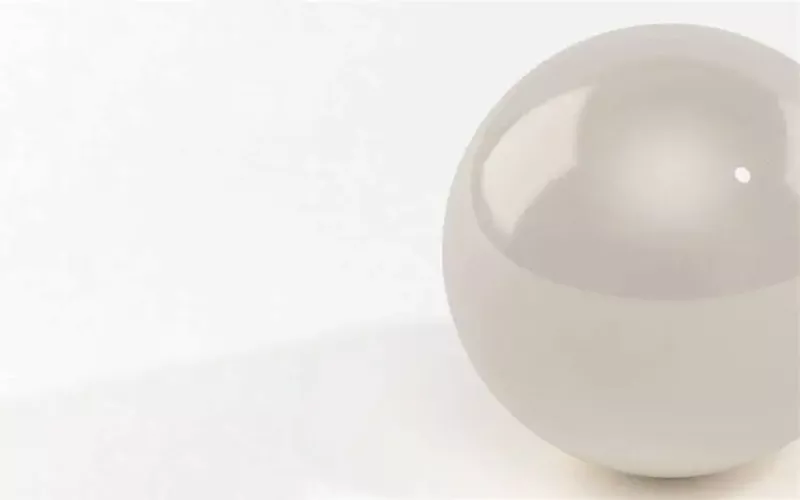
Even though steel bearings are cheaper to purchase at the beginning, alumina bearings are usually cost-effective in the long run. Steel is highly susceptible to high temperatures or corrosive conditions and therefore needs to be replaced regularly and have unplanned downtimes. Alumina is superior in wear resistance and chemical stability, thus, it has a significantly extended life, thus, reducing maintenance operations and labor costs.
This strength also favors adjacent parts. Reduced vibration and clean operation increases the life of housings, seals and other bearing supports. The benefits of alumina bearings in high-value systems are frequently greater than the increased purchase cost over a series of maintenance cycles, so alumina bearings are a more cost-effective long-term investment.
ROI Snapshot You Can Model
Switching to alumina offers value that can be directly determined. Begin with your present bearing life, replacement labor and losses incurred in production stoppage or scrap. Then determine the duration of alumina bearings in the same conditions. The breakeven point will be reached in a single maintenance cycle by computing the avoided downtime and maintenance.
Plants which formerly substituted steel bearings more than once a year often recoup the increased cost of alumina after the initial complete cycle. In addition to savings, the better reliability will stabilize production, minimize emergencies in maintenance, and enhance efficiency.
Conclusion
Alumina bearing balls are hard, heat-resistant and chemically stable to provide consistent performance in extreme conditions. They are more durable than steel, are clean working and do not deform in areas where metal bearings fail. Alumina is a viable combination of price, supply, and stability compared to other ceramics.
To engineers and manufacturers that are concerned with accuracy and reliability, alumina bearings offer quantifiable outcomes, reduced failures, cleaner operation and reduced long-term costs. In the aerospace business, automotive business, semiconductor business, or the energy systems, alumina provides the stability and performance that high value equipment requires.
